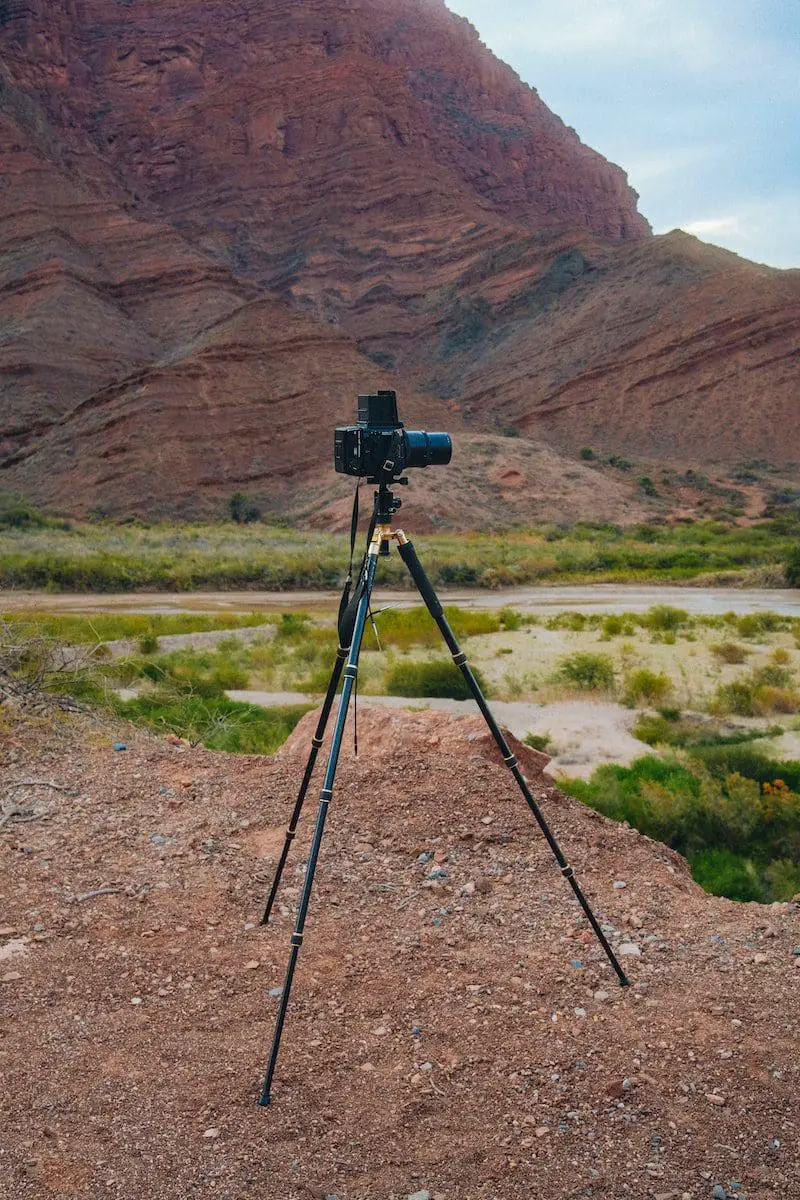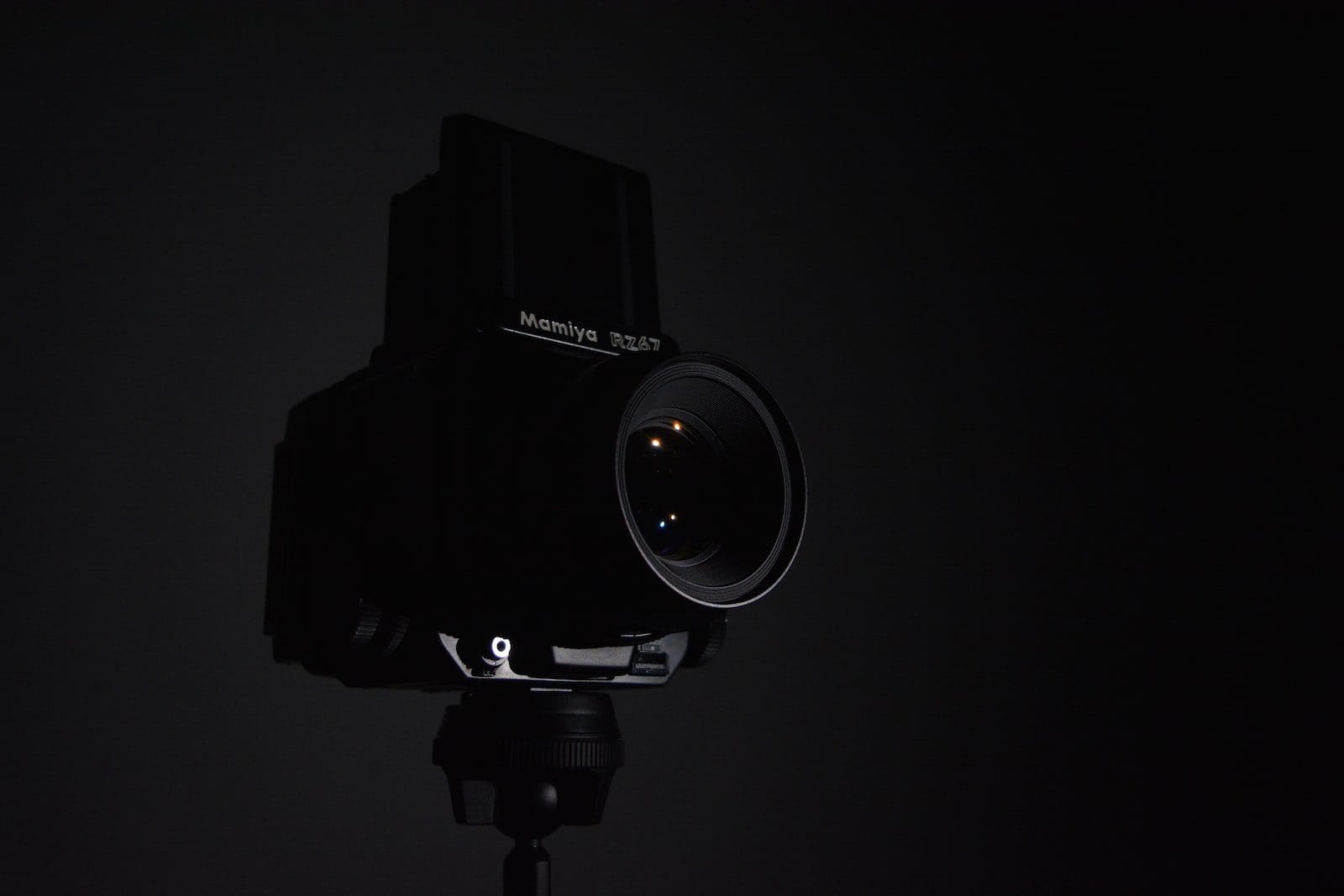Mamiya Digital Imaging is a pioneer company in the world of cameras as well as other photographic and optical equipment. It is based in Tokyo and has been manufacturing high-end products since 1940.
RB67 and RZ67 are two such cameras manufactured by Mamiya. These medium-formatted cameras are very popular among photography enthusiasts worldwide.
Key Takeaways
- The RB67 is a medium format, mechanical single-lens reflex (SLR) camera introduced by Mamiya in 1970, known for its durability and versatility.
- The RZ67, introduced in 1982, is an updated and more advanced RB67 featuring electronic components and improved features such as a revolving back.
- Both cameras produce high-quality images, but the RZ67 offers additional features and convenience, while the RB67 is known for its mechanical reliability.
RB67 vs RZ67
Mamiya RB67 is an affordable retro film camera launched in 1970. It is a heavy camera best suited for studios. Mamiya RZ67 is a newer automatic SLR launched in 1982. It is a light camera that can be handheld or used for studios.

RB67 is an affordable format film camera that guarantees an incredible experience for the users. The RB stands for ‘rotating back’ while the 67 in its name stands for its dimensions, which are in 6*7 medium format.
The camera line has three variations – RB67 Pro, RB67 Pro-S and RB67 Pro-SD. RZ67 is a medium format single-lens reflex camera with three models – RZ67 Professional, RZ67 Professional 2 and RZ67 Professional 2D.
The camera has a modular system that allows its parts, such as lenses, film winders, ground glasses and film backs, to be replaced or interchanged. It is a good choice for those who want a camera for studio use.
Comparison Table
| Parameters of Comparison | RB67 | RZ67 |
|---|---|---|
| Launch | RB67 is an old-school camera that was launched in 1970. | RZ67 is a relatively newer camera that was launched in 1982. |
| Type | RB67 is a medium format mechanical camera. | RZ67 is a medium format automatic or electronic camera. |
| Weight | RB67 is a heavy-weight camera. | RZ67 is the lighter version of RB67. |
| Uses | RB67 is a popular studio camera as it cannot be hand-held during outdoor shoots. | RZ67 is good for studio use however, it can also easily be used outdoors. |
| Modular System | RB67 does not have a modular system which means that its parts are not interchangeable. | RZ67 has a modular system, and it can even be used with RB67 lenses. |
What is RB67?
RB67 is an old-school mechanical camera that comes in 6*7 medium format. It was launched by the company Mamiya in 1970. The camera is heavyweight and durable; however, because it cannot be handheld, it is best for studio shoots.
Moreover, all the settings of the camera need to be changed manually before every click. This makes it difficult to use for outdoor shooting.
The camera comes with a number of accessories, including prisms, waist-level finders, grips, focusing screens and much more. This is one reason why it became so popular among photography enthusiasts at that time.
The best part about it is that it does not cost much despite its anchor-like build and premium features. A widely acclaimed part of the camera is the lens, which comes in a wide variety and offers superb quality.
RB67 has a basic system that includes a waist-level finder, a revolving adapter, and roll film back, as well as the lens. The user only needs to load the roll film into the camera to use it.
This is done by removing the dark slide that is placed between the rotating adapter and the film back. An area on the left-hand side of the camera is built especially for its storage. An amazing feature of the camera is that it does not need any battery power to work.

What is RZ67?
RZ67 can be looked at as an upgraded version of the RB67 camera. RZ67 is an automatic medium format SLR that was released in the year 1987.
Initially, it was designed for studio use only, but later versions of the camera could also be used for outdoor shoots. These versions include RZ67 Professional, RZ67 Professional 2 and RZ67 Professional 2D.
Unlike RB67, the camera has a modular system, which means that its parts are interchangeable. The name ‘RZ’ was taken from its predecessor RB67.
Like RB67, RZ has a revolving back, which means that it can rotate up to 90 degrees to enable horizontal or vertical compositions. Although RZ67 has a few mechanical parts like those of RB67, the shutter is electronic.
Moreover, various parts of the camera can transfer exposure information with electronic couplings. The camera also has a plastic exterior, unlike the former. This makes it lightweight and easy to handle.
The camera could be paired with several accessories, including a waist-level finder, vertical split image ground glass, AE prism, adjustable sun-shield plate, hot shoe PC flash adapter, adjustable flash brackets and even a gelatin filter holder for 50-350 mm lenses.
These amazing features made the camera quite popular. Interestingly, the famous default background picture for Microsoft XP was taken with this camera.

Main Differences Between RB67 and RZ67
- RB67 is a mechanical camera, while RZ67 is electronic.
- RB67 was launched in 1970, while RZ67 was launched in 1982.
- RB67 is a heavy-weight camera, while RZ67 is relatively lighter.
- RB67 is the best only for studio shooting, while RZ67 is a good option for studio as well as outdoor shooting.
- RB67 does not have a modular system, while RZ67 does.
- https://academic.oup.com/icc/article-abstract/28/5/1029/5369208
- https://escholarship.org/uc/item/4bg0c5nn

The age of the RB67 might deter some photographers, but its iconic status can’t be ignored.
Absolutely, the RB67 has left an indelible mark on the world of photography.
Its longevity in the industry speaks volumes about its significance.
It’s remarkable how detailed and well-constructed these cameras are, even by today’s standards.
Indeed, they stand as a testament to the craftsmanship of Mamiya. Impressive.
The modular system in RZ67 makes it a better choice overall.
True, having interchangeable parts certainly offers the user more flexibility with the camera.
It’s a smart move by Mamiya to make the RZ67 more versatile, as it can adapt to different shooting conditions.
Both of these cameras are amazing considering the era they were manufactured in, kudos to Mamiya for such innovation.
Exactly, I was wondering why there’s such a fuss about the age of the cameras. They’re exceptional pieces of equipment.
I own an RB67 and I swear by its durability and mechanical reliability. It’s tough as nails!
There’s a reason why the RB67 is still held in high regard by photographers, the build quality is unmatched.
The RZ67’s additional features clearly make it more versatile, but the RB67 still has its charm with its retro feel.
That’s the beauty of having options, photographers can choose whichever suits their style and needs better.
Mamiya’s RZ67 seems like a waste with all its electronic parts that could potentially fail.
But with those features, you can’t deny that it’s a more convenient option than the RB67.
It’s a fair point, but that hasn’t stopped a lot of photographers from using the RZ67 effectively.
Why would anyone want to use old cameras like this in the first place?
Some photographers value the novelty and unique features of vintage cameras over modern digital ones.